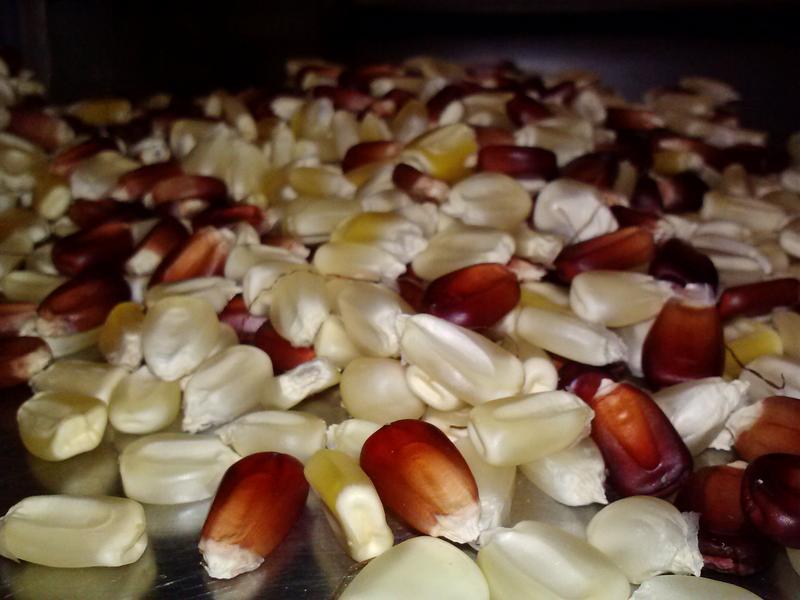Chefs and Tourists: Two New Markets for Metro Atlanta Farmers
Farms were once common in what we now consider metro Atlanta, but their numbers are dwindling. In the last ten years alone, metro Atlanta has lost more than a third of its farmland.
Lisa George visited some metro farmers who are keeping their businesses alive by finding new markets.
It was a quiet weekday when I visited Jake Carter at Southern Belle Farm in Henry County. It is a different story on weekends especially during the fall. “We open it up to the public,” said Carter. “Pig races, peddle cars, corn cannons where you can shoot ears of corn 700-800 feet. Of course, the corn maze is our main anchor attraction.”
The games and the rides and the maze -- three corn mazes actually -- and pumpkins and food booths have taken over what was, for three generations, a working dairy farm.
Jake was just a teenager when the farms around his started disappearing; a lot of the farms became subdivisions as Henry County transformed from country into suburbia.
“Folks started moving into the area,” said Carter, “and some of our closest neighbors and even relatives came asking lot of questions about agriculture and farming.“ So Jake and his dad turned the dairy farm into a tourist attraction. “We felt that our mission is to educate the community around us about agriculture.”
It is a mission with a business plan: this time of year, you can buy your Christmas tree and visit Santa at the farm. Come spring, you will be able to pick your own strawberries and, later, blueberries and blackberries and peaches.
Brandon Ashley of Georgia Farm Bureau says, in the counties just outside Atlanta, agritourism is one way for families to keep their farms.
“They’ve decided that they can’t do what they’ve always done, so they’re going to adapt,” said Ashley.
The corn that made up the three mazes at Southern Belle is now drying. Jake will feed the corn to the few dairy cows he has left.
Up in Cherokee County, Randall Porter is firing up a modified tractor engine. It powers the antique mill he uses to grind his corn.
“It’s an old corn that I got from a guy much older than I am,” says Porter. “Some of its turns out red, some of it turns out white, some of it turns out yellow. And it’s just a corn with a good flavor.”
At Buckeye Creek Farm, Randall mills the colorful kernels into small batches of grits and corn meal. He and his wife Liz are another new kind of farmer in metro Atlanta. They had always had a garden, and it kept getting bigger. So they started selling and ended up developing a niche market for themselves, says Liz: restaurant chefs.
“They come out and look at what I’ve got,” says Liz, “and say ‘I want this, this and this’ and take it all, whatever.”
Liz and Randall’s client list now includes close to a dozen metro Atlanta restaurants known for their farm-to-table focus including Muss & Turners, Restaurant Eugene, Table & Main, and the Century House Tavern.
Daniel Porubiansky’s is the chef/partner at Century House. He cooked at Seeger’s and Bacchanalia before opening his own place in Woodstock.
“So I wait to see what she’s going to have,” says Daniel. “This weekend I’m doing a broccoli dish. It’s because broccoli’s there, and that’s my first course appetizer, and it’s local.”
It goes both ways. Liz Porter says the chefs drive what they decide to grow including some crops not common on a Southern farm. “Locally, at least in our area, the more of the unusual things we might bring in, sun chokes or sometimes we’ll have edible flowers, we’ll take those things on to market.”
That brings new tastes directly to the community and helps keep Atlanta’s new agricultural entrepreneurs down on the farm.



















